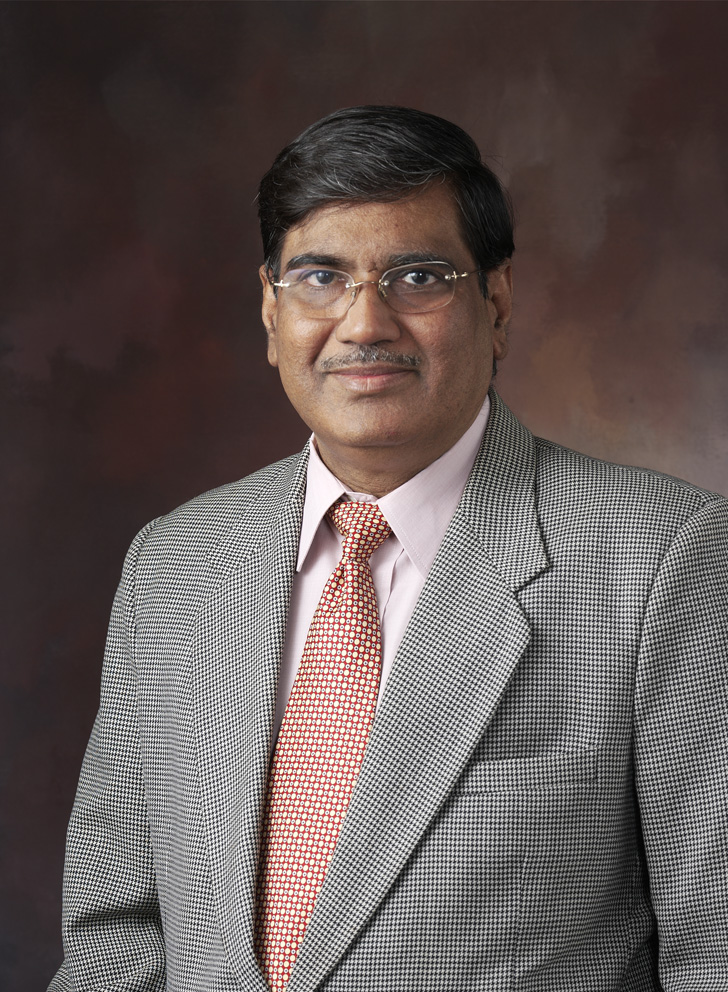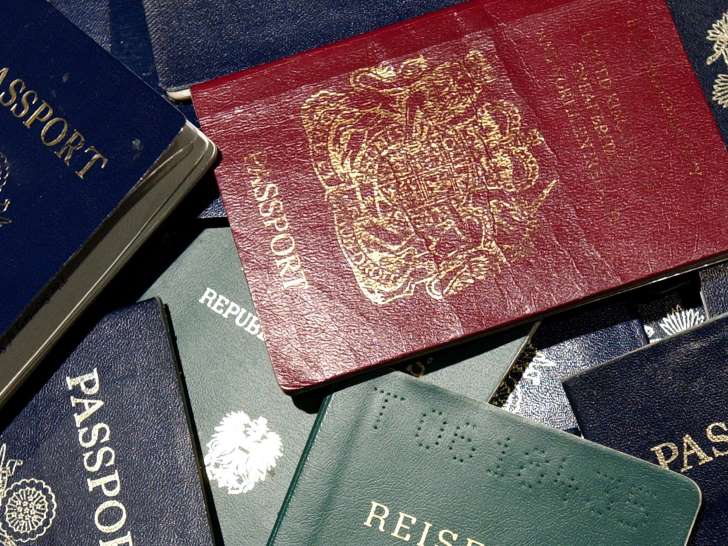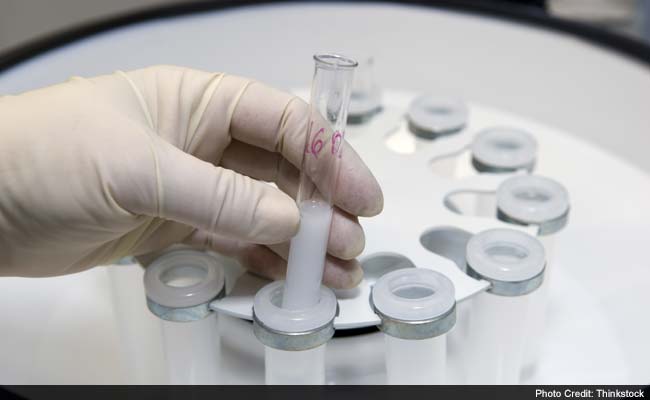
Dr. R.B. Smarta is a Pioneer in Management Consultancy in India and the Founder and Managing Director of Interlink Marketing Consultancy. On my recent visit to Mumbai we met the man who has for the past three decades charted the road map for the healthcare industry in India to progress towards becoming a world leader—with his unique thought-leadership approach.
Talk to us about how you’d like to convert science into business, and give us some real-time case studies of successful transitions.
Science has been associated with innovation and business for the longest time. Pharmaceutical, nutraceutical, biotechnology, nanotechnology companies are deeply invested in science, technology, New Medical Entities (NMEs), and they often are a result of high risk and uncertain future before they can even hope of earning a profit.
The basis of successful conversion of science to business is a seamless thought process which comprises of research-based innovation, medical evidence, brand promise and successful marketing to target audiences or groups.
Science can be successfully converted into business by developing skills of writing a successful business feasibility plan, understanding issues surrounding IPRs & requirements of business contracts, collaborating with R&D companies and governments, research institutions and private sector companies to collaborate on each other’s strengths.
The success of converting science to business factors on how well science is articulated by the company and its ecosystem to deal with the fundamental business issues in any country.
In UVAC model, it is important to innovate and perform simultaneously. We now do not have time to wait for performance.
I have helped many clients of mine to increase their productivity in business through science. This has included identification of niche therapy areas along with identification of niche molecules in those areas and then finally charting out a plan for increasing productivity through the suggested therapy areas and molecules.
World health sugar control atta (wheat flour) is an interesting brand that you helped launch. Has this created the remarkable change for diabetics, dietitians?
World Sugar Control Atta is of ConAgra. In India, it was launched by Agro Tech Foods Ltd. (ITC). The product was made out of ‘susta grain’ i.e sustained grain. This ‘susta grain’ is high in beta-glucan, which reduces the amount of sugars in the body.
I helped to develop the medico-marketing strategy for the launch of this product wherein we established a few roti making centers in Hyderabad as a test and gave patients rotis made out of this sugar control atta. We then checked for their sugar levels and found them to be sustained. After this we sensitized doctors through doctor contact programs about the benefits of this sugar control atta. We developed marketing skills for this sugar control atta team in Hyderabad and created a sales organization that helped launch this product in the Indian market.
Talking about creating a remarkable change for diabetics in India, I don’t think there has been a remarkable change because many people in India are victims of undetected diabetes. People all over India have different food habits; also diabetes has a variety of epidemiological and genetic factors to deal with. For this product to have a remarkable change for diabetics and dieticians there needs to be continuous efforts for sensitization of doctors/ population, since the Indian market is still majorly ruled by doctors and medical professionals.
You’ve created, designed and revitalized 50 pharmaceutical and personal care products. That’s a huge achievement. Give us a low-down on how you achieved that
In my journey of 30 years in this business I have been approached by many organizations for revitalization of mature products and growth certain brands and also of creating new products that would emerge as brands. At Interlink we developed a Mature Brand Revitalization Model. This model has been validated by more than 50 brands in the industry.
The revitalization process includes defining the problems and issues of the brands, gaining customer insights, working out a position for the brands in the market, looking at the competitive edge and also working out different initiatives that challenge the existing clichés.
You firmly believe strategy is incomplete without execution. Having said that you’ve developed the competencies of over 10,000 senior managers in the pharma industry. How did you possibly manage to accomplish such a great milestone?
Being in the consulting business for the last 3 decades, I spent my first 10 years running 6-7 open programs in a year. I managed to train around 2000-3000 executives through these open programs initially. These open programs were then institutionalized and became customized for organizations. Each organization in India has over 500-1000 executives in Sales and Marketing. In the last 20 years, I have crossed the figure that I have mentioned. And have helped develop competencies of a lot of people in India with major focus on skills, functional skills, leadership skills and entrepreneurial skills.
What kind of role can India play in being a global leader in pharmaceuticals and nutraceuticals? And future do you foresee in this area
To make this easier to understand, I will segregate both categories, and explain things accordingly.
Pharma
1. India has a lot of strengths in terms of quality APIs, being masters of pharmaceutical re-engineering, launching latest New Medical Entities (NMEs) through pharmaceutical re-engineering, technical know-how, skills and competencies.
2. Irrespective of the above mentioned strengths, India could not come up with original molecules because of low spend on R&D. It is important for India to work on affordable New Medical Entities (NMEs) as India has access to huge supplies of raw materials. Up to 2005, India was not governed by WTO, but now since last decade, Indian pharma is developing itself to be at par in NMEs.
3. India needs to continue her current focus on supplying generics worldwide and ultimately lead through it.
4. India can also turn into a major hub of manufacturing for catering emerging pharmaceutical markets.
5. It is important for India to develop infrastructure and health infrastructure, new technologies and new care centers with in-built affordability along with promoting medical tourism in order to emerge as global leaders.
6. India also needs to look at developing skilled scientists/ technicians/ management personnel at affordable cost along with low cost of innovation/ manufacturing/ capex costs/ process understanding.
7. India has a high potential for developing as a center for international clinical trials due to rich diversity thus, driving the sector’s growth.
8. Even with all the hurdles, India holds about one-fifth of the world’s population and has a big market, which in itself are drivers for India to become global leaders in this space.
Nutra
1. With respect to Nutraceuticals, India is full of varied biodiverse zones with plants and herbs of varied nature. To name a few, Bacopa and other herbs are extensively exported for the manufacture of nutraceutical products. Another example would be Lutein from Omniactive which is preferred all over the world. India will majorly benefit from the exports of Indian herbs for international nutraceutical products.
2. Along with the export of nutraceutical ingredients, it is important for India to excel in the export of nutraceutical formulations as well, by setting up of manufacturing plants.
3. Setting up of nutraceutical clusters/ hubs will help in growing the business of nutraceutical in India as well as all over the world.
4. Another important aspect for India in realizing the dream of becoming a global leader in this space is continued innovation through extensive R&D.
5. To sum it up, India has huge potential to provide new products to the industry and be leaders for revenue because of huge population and consumption.
You are held in high esteem for your ‘thought leadership’. Tell us how India can shape the future in medicine, and healthcare products
1. To begin with, India should have a robust health policy in place along with institutionalization of this policy across states of India. It is important for Indian states as well as the country as a whole to consider health as a priority and invest rightful GDP in health. At the moment, it is insignificant as compared to the population.
2. India should aim at usage of multi-disciplinary approach to treat disease patterns whereby optimal, rational and right use of integrated medicines and supplements should be done to not only treat diseases but also to prevent them and make people healthy.
3. Urban poor and rural poor are both victims of lifestyle diseases and thereby obesity and malnutrition are two sides of the same coin. Hence, there should be a PPP model worked out for each formidable spurt like obesity, malnutrition, etc. in each state.
4. There needs to be a state wise approach for healthy habits and thereby healthy health. Sensitization and awareness of medicines, diseases, lifestyle diseases, distinction between food and nutrition and habits created by technological and other innovative foods should be balanced.
You’ve won awards, and written many books. At the end of the day how would you like to be remembered?
Honestly even with all the awards and books to my credit, I don’t think I have contributed enough to the society. I want to take steps in formulating policies and actions for improving the health of the people in India. I want to focus my thoughts on converting the science in my books to actions for a healthy India.
Do you see any major North American + Indian collaborations, and if so could you care to elaborate?
I see collaborations between North America and India at the level of R&D, with Universities collaborating with Indian Universities, launch of new products, brands and investment for development of products and brands. There is also huge scope for manufacturing of North American APIs in India.
Jude Paul Fernandes
jude@thesouthasiannews.com


 South Asian News E-Paper
South Asian News E-Paper Punjabi News E-Paper
Punjabi News E-Paper

















